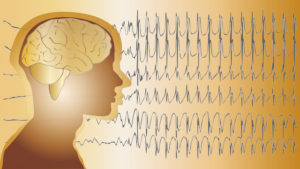
Noninvasive Brain Stimulation Turns Back Clock on Memory
Noninvasive stimulation of key brain regions could help people reverse the common age-related decline in working memory—our ability to remember names, numbers, and other tidbits

Noninvasive stimulation of key brain regions could help people reverse the common age-related decline in working memory—our ability to remember names, numbers, and other tidbits
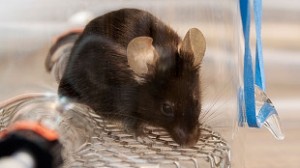
Imaging of neurons in the brains of living mice reveals how synapses between cells are eliminated in response to stress and reinstated by an antidepressant
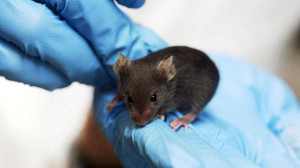
Electrical recordings of approximately 24,000 individual neurons across 34 regions of the mouse brain reveal, in a study published in Science today (April 4), the
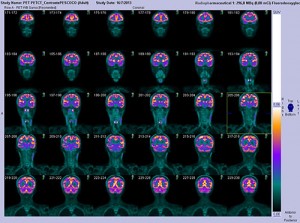
For a small fold of tissue, the hippocampus has an outsized influence. It stores and retrieves human memories, capturing the life history that makes us
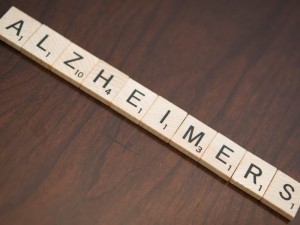
Sounds with a frequency of 40 hertz and lights that flicker at the same rate stimulate a pattern of brain activity known as gamma waves,

People with Parkinson’s disease have distinct chemical differences in the oil they secrete through their skin compared with healthy people, researchers report today (March 20)

It’s well established that exercise is good for the mammalian brain. As early as 1999, researchers discovered considerably more newborn neurons in the hippocampi of
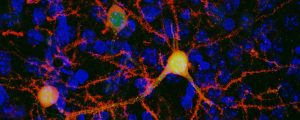
Researchers have come up with a new method to control brain cells in live animals using specially designed receptor proteins that respond to the drug

Before the advent of general anesthesia in the mid-19th century, surgery was a traumatic experience for everyone involved—the patient, of course, but also the medical
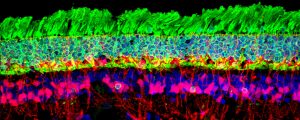
Without night vision goggles, mammals have no hope of seeing infrared light, which has wavelengths longer than light on the visible spectrum. But in a
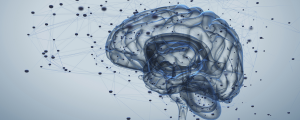
Researchers in the UK and New Zealand have created the largest-ever database of protein expression changes associated with Alzheimer’s disease, according to a study published
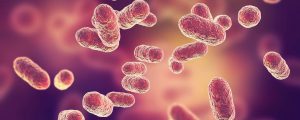
Traces of the bacterium Porphyromonas gingivalis, which causes chronic gum disease, have been found in the brains of people who had Alzheimer’s disease. The result
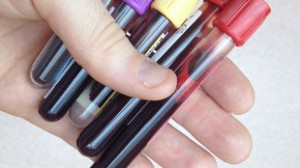
Levels of a protein called neurofilament light chain increase in the blood and spinal fluid of some Alzheimer’s patients 16 years before they develop symptoms,
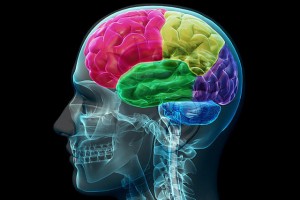
Patterns of brain activity in people with autism are unusually consistent over seconds—and even years, two new studies suggest. One study shows that patterns of
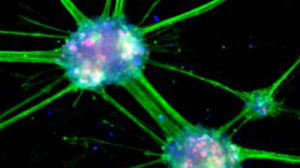
Neurons derived from the skin cells of people with and without autism spectrum disorder exhibit different patterns of growth and development, according to a study
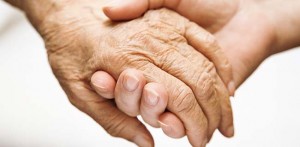
Highlights • Single-cell RNA-seq stratifies patients with similar clinical presentation • A pseudotemporal profile aligns single cells along a control to disease axis • HDAC4
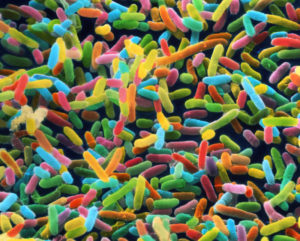
Studies in mice have shown how low-grade blood infections by the common yeast Candida albicans can trigger inflammatory responses in the brain that temporarily affect
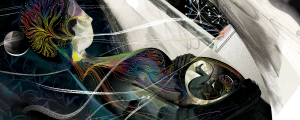
We live in a medicated era. Recent data indicate that more than half of Americans are currently taking prescription drugs. Among pregnant women this number
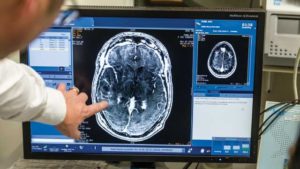
In cerebral amyloid angiopathy (CAA) and Alzheimer’s disease, insoluble aggregates of a peptide known as amyloid-β (Aβ) progressively build up in the spaces between cells,
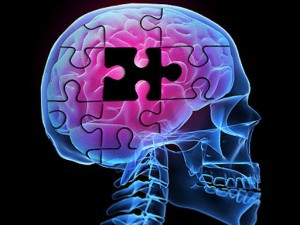
Researchers injected mouse brains with a growth hormone tainted with amyloid-β, a protein implicated in Alzheimer’s disease, and saw it accumulate. The study, published yesterday
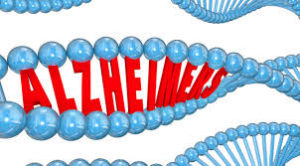
Neuroscientists have amassed more evidence for the hypothesis that sticky proteins that are a hallmark of neurodegenerative diseases can be transferred between people under particular

An international team of researchers, including scientists at the Royal College of Surgeons in Ireland (RCSI), has discovered 11 new genes associated with epilepsy. The

A compound found in the waxy coating of coffee beans may work in synergy with caffeine to protect against Parkinson’s disease (PD), according to research
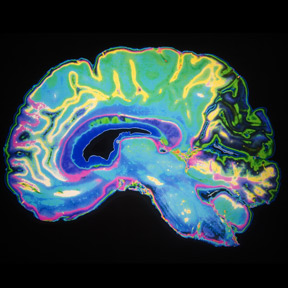
Highlights • Single-cell mass spectrometry reveals a novel glutamate biosynthetic pathway in brain • UV exposure leads to elevated blood and brain levels of urocanic
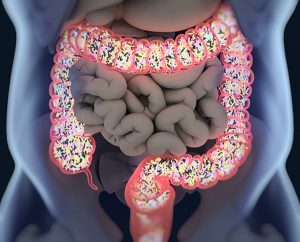
Highlights • Changes in the gut microbiota are required for the anti-seizure effects of the KD • Specific KD-associated bacteria mediate and confer the anti-seizure
Created by ePubSystems. Contact Us for similar site for your university or institute.